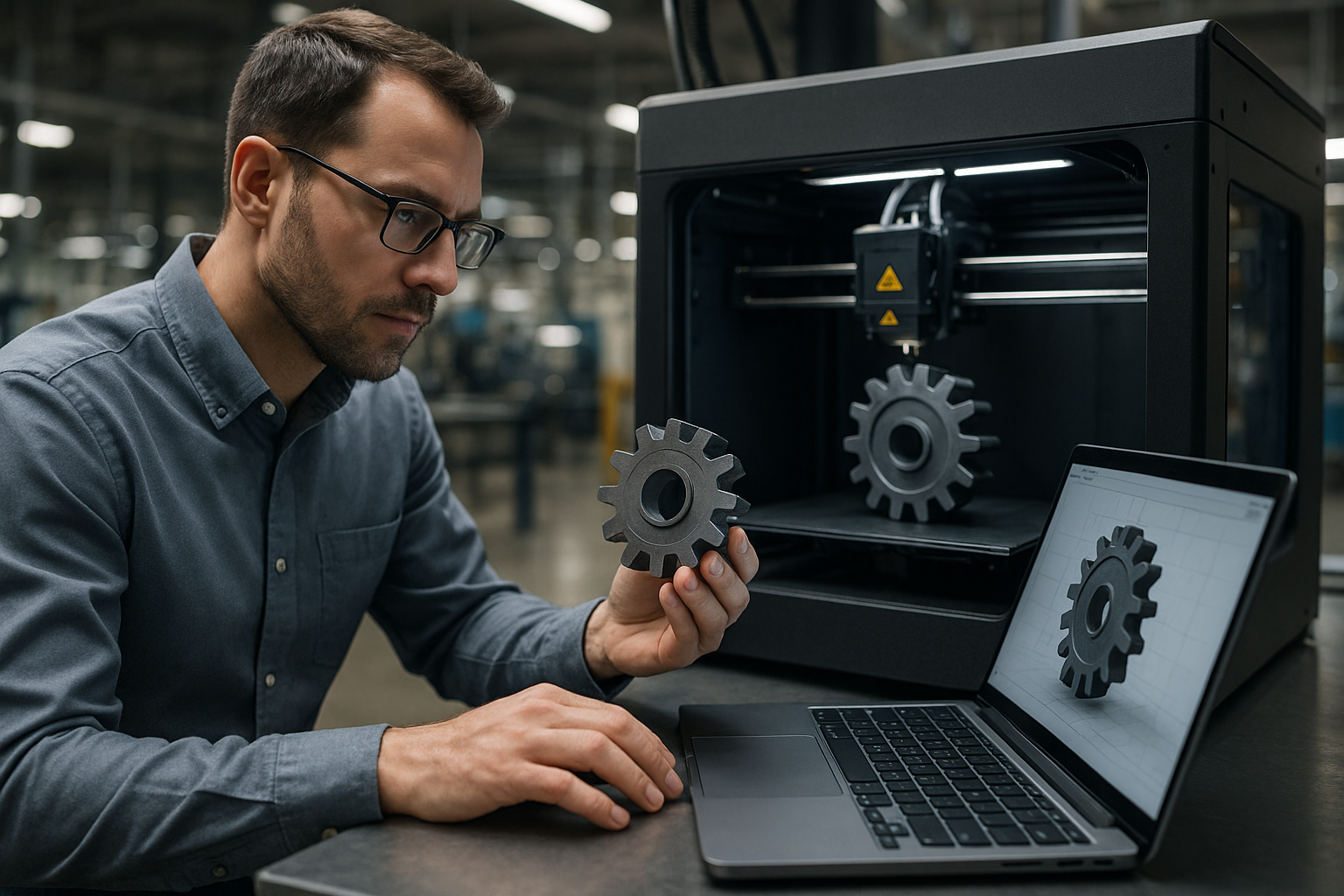Shifting Gears: Industrial 3D Printing's Impact on Manufacturing Efficiency
Welcome to the new era of manufacturing, where 3D printing is redefining how businesses operate. This technology is not only revolutionizing production processes but also challenging traditional business models. This article will delve into the intricacies of industrial 3D printing, its current trends, and its implications for businesses.

A Brief History of 3D Printing in Industry
3D printing, also known as additive manufacturing, was first introduced in the 1980s. However, it wasn’t until the last decade that it truly began to transform industrial operations. As technology advanced, businesses saw the potential of 3D printing for rapid prototyping, customization, and on-demand production.
Current Trends and Insights in Industrial 3D Printing
Today, industrial 3D printing is gaining momentum across various sectors. From automotive to aerospace, businesses are leveraging this technology to produce complex parts with higher precision and lower costs. Research suggests that the global 3D printing market is expected to reach $34.8 billion by 2024, demonstrating its potential for growth.
Impact and Benefits of 3D Printing in Business
Industrial 3D printing offers businesses several key advantages. It allows for faster product development cycles, reducing time-to-market. It also enables customization on a large scale, meeting consumer demand for personalized products. Moreover, 3D printing reduces waste and costs associated with traditional manufacturing processes.
Challenges in Implementing 3D Printing
Despite its benefits, implementing 3D printing in business operations isn’t without challenges. These include the high initial investment costs, the need for specialized skills, and regulatory hurdles. However, with strategic planning and investment, these challenges can be overcome.
Insights for Business
-
Embrace 3D printing as a strategic asset rather than a quick fix. This requires a shift in mindset from traditional manufacturing methods.
-
Invest in training and development to equip your workforce with the necessary skills to leverage 3D printing technology.
-
Stay abreast of regulatory changes to ensure your 3D printing operations comply with industry standards.
-
Always consider the total cost of ownership, including maintenance, materials, and energy consumption, when investing in 3D printing technology.
Conclusion
Industrial 3D printing is undeniably transforming the manufacturing landscape. By understanding its history, current trends, and implications, businesses can harness its potential to drive growth and efficiency. Despite the challenges, the benefits of 3D printing far outweigh the hurdles, making it a worthwhile investment for forward-thinking businesses.




